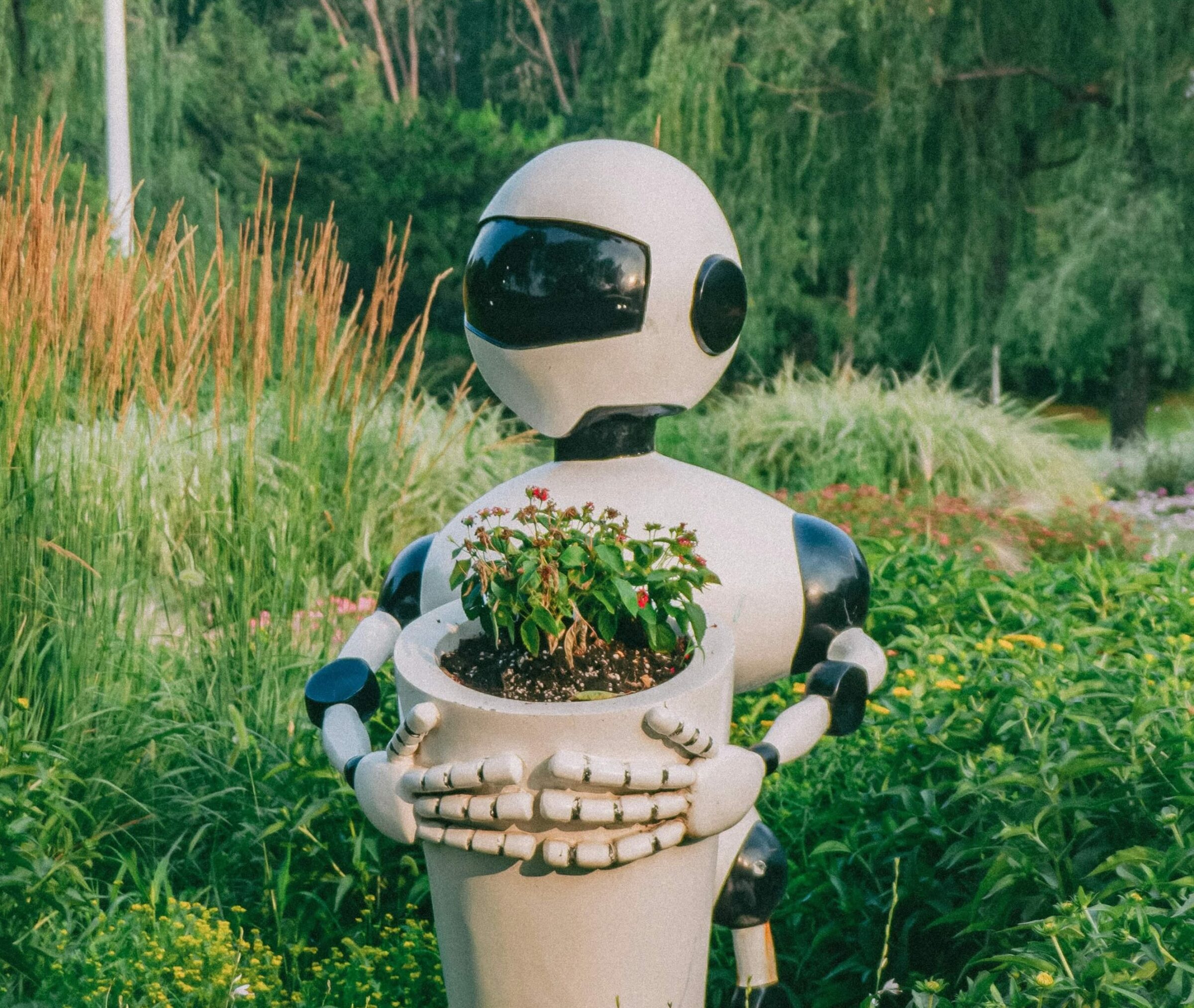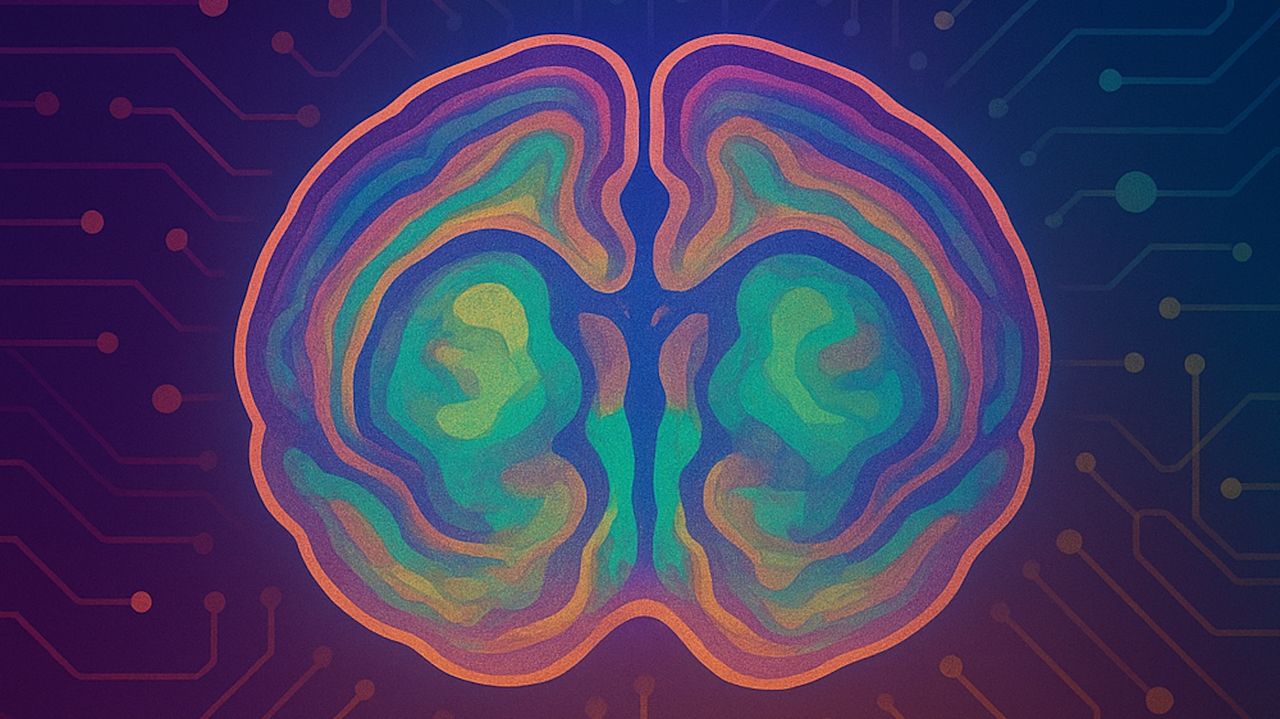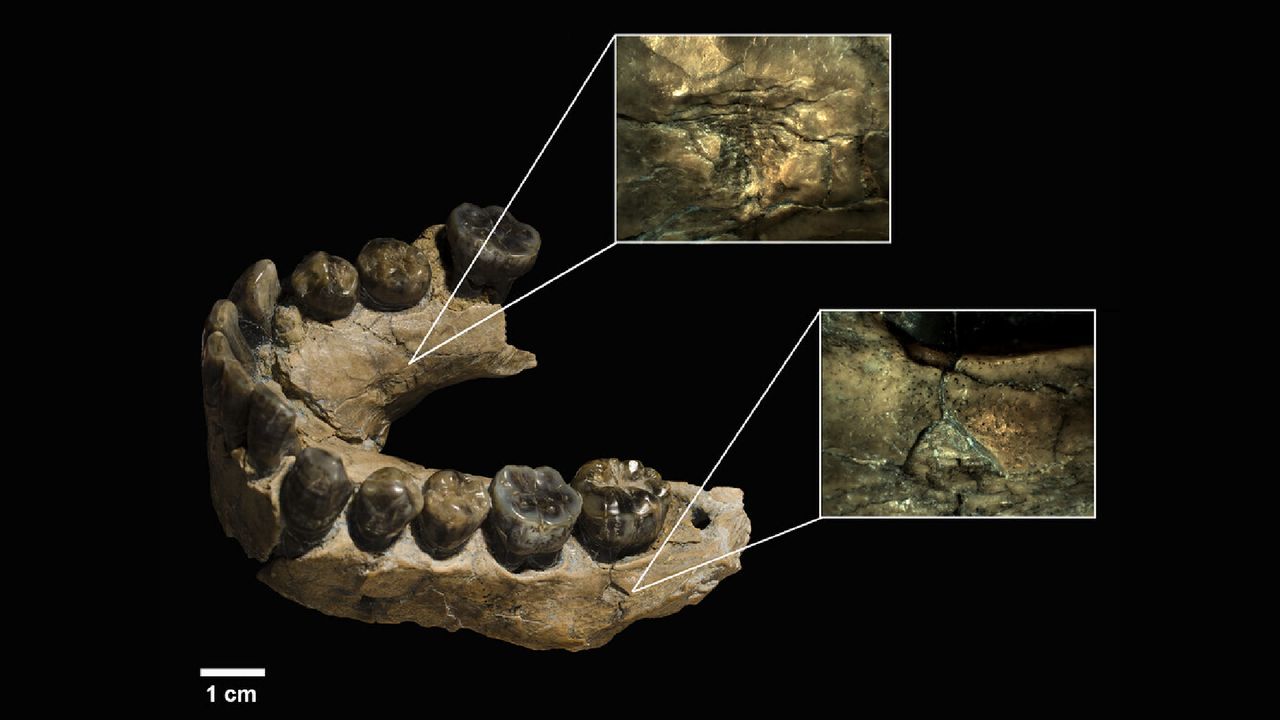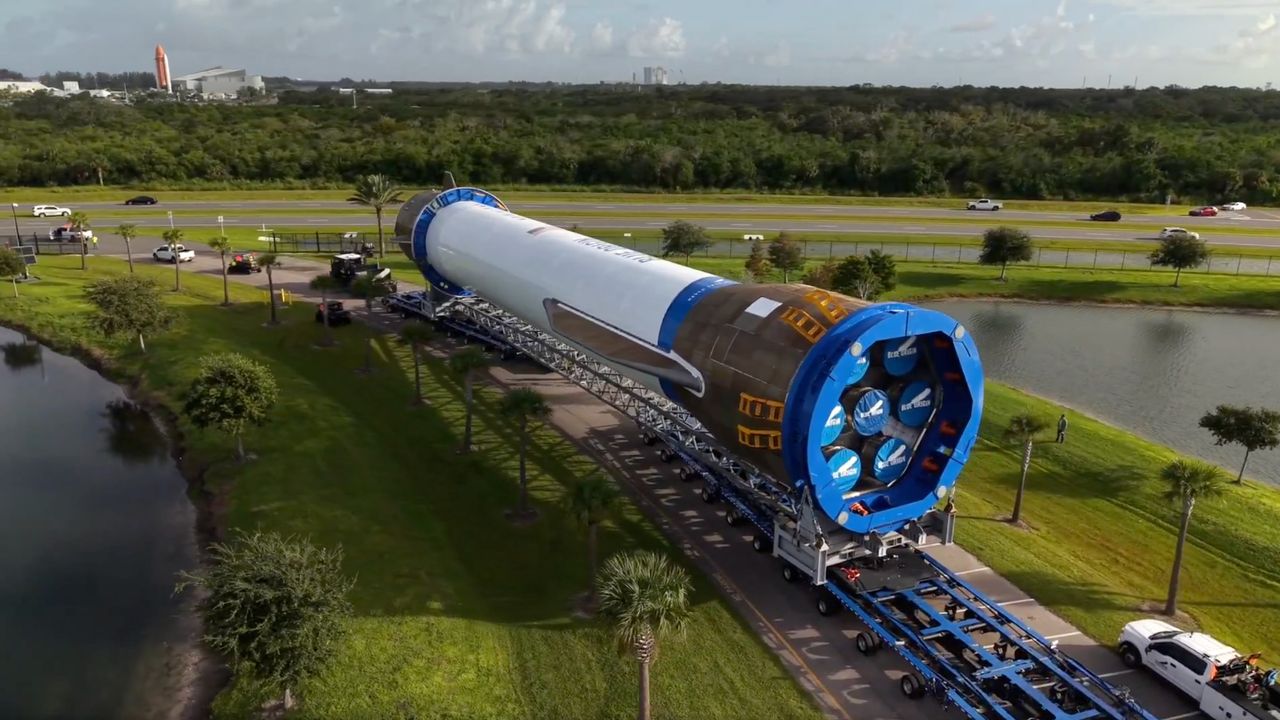AI Scans Tongue Color to Predict Diseases
PositiveScience
Researchers have developed an innovative AI tool that analyzes tongue color to predict diseases, achieving over 96 percent accuracy. This approach draws inspiration from traditional Chinese medicine, highlighting the potential of combining ancient practices with modern technology. This advancement could revolutionize diagnostic methods, making healthcare more accessible and efficient.
— Curated by the World Pulse Now AI Editorial System













